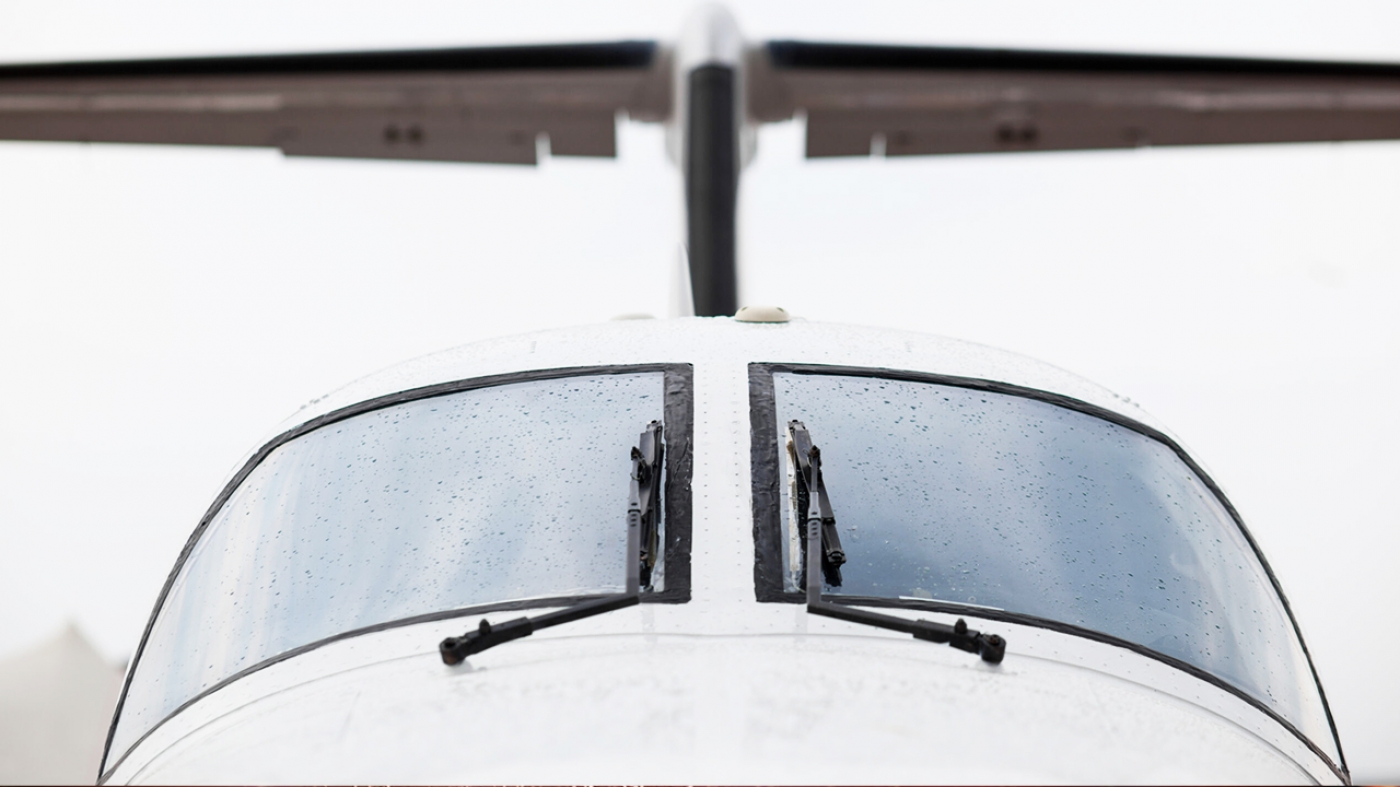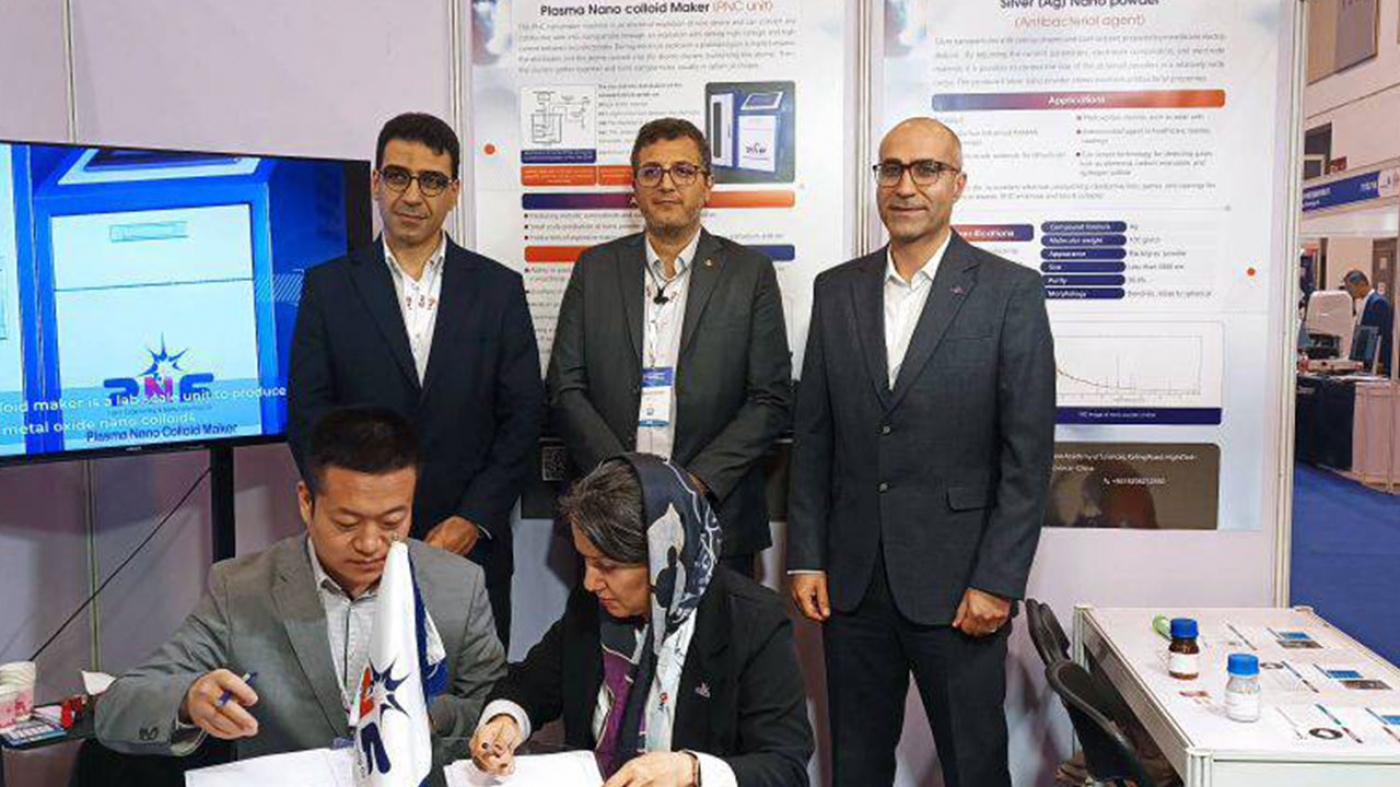One of the most important principles of airplane construction is the use of resistant glass. Side and front windows of plane is different based on the pressure amount they endure. Since cockpit glass must withstand huge pressure, these windows are generally made with 3-5 layers of glass, acrylic, carbon, plastic, etc.
Due to the low pressure at flight altitude, airplanes must be designed in order to provide normal pressure for passengers and flight crew during the flight.
Thus, pressure difference occurs inside and outside of the plane. Airplane glasses must be made in such a way that it can withstand the pressure. It must also resist against cracking, breaking, and low temperatures. Cockpit glass must provide sufficient transparency and also neutralization of sunlight.
Another important feature of cockpit glass is prevention from the formation of water vapor on its surface. Nowadays, coatings with nanometer components are applied to help prevent the formation of vapor layer on cockpit glass surface.
Glasses produced by an Iranian company, with the support Iran’s Nanotechnology Innovation Council (INIC) have the desired resistance. Also, visible light transmission and light scattering amounts varies over acceptable ranges.
These glasses have coatings in nanoscale and are resistant to formation of vapor layer, Thus, it can improve traveling safety.





